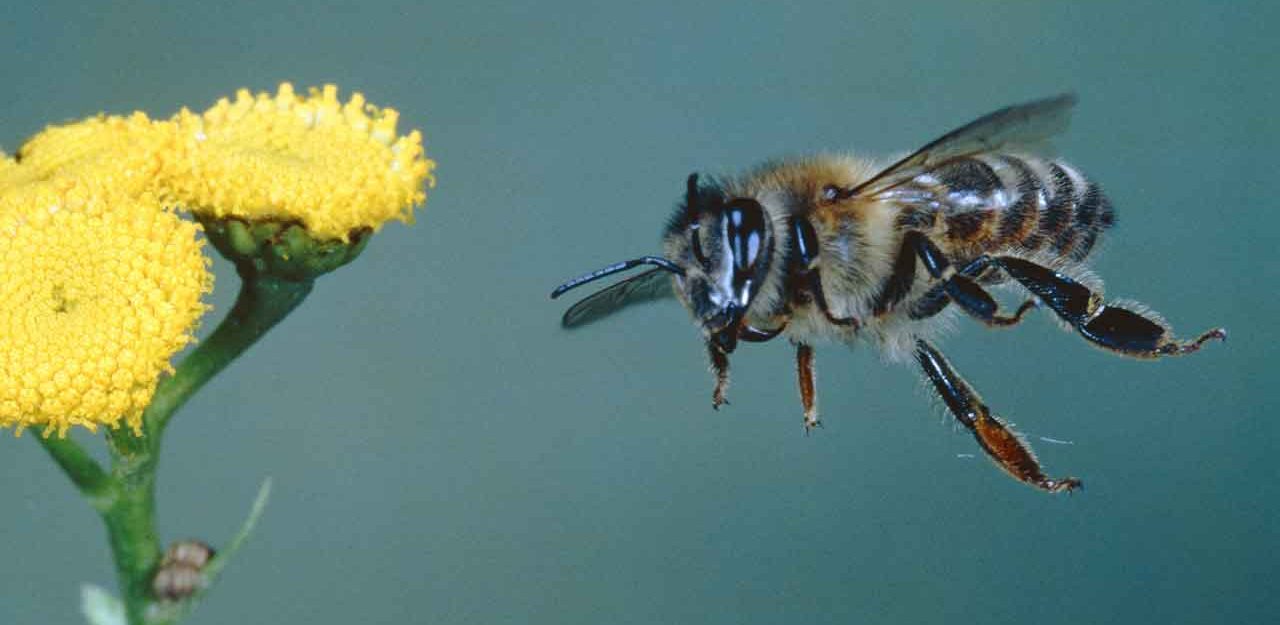How to Avoid Bees, Mosquitoes, and Snakes

Things that sting, bite, and slither could get you if you’re not careful this summer.
Summer beckons us outside to enjoy the sunshine and warm temperatures. Unfortunately, the weather also brings out a variety of stinging or biting insects and venomous snakes. Here’s a guide to help you avoid these creatures before they can get to you.
Summer bees
Bees spend the winter in their hives, clustered together for warmth. During the spring and summer months, they leave their homes in search of pollen to feed themselves and their queen, so you’re likely to see them buzzing around your backyard.
Although bees have earned a reputation for their painful stings, most bees won’t attack unless they’re provoked. So even when a bee lands on you or your deck chair, if you stay still and don’t swat at it, it will probably buzz off after a few seconds. Bees are less likely to fly in your direction if you avoid wearing the flowery soaps, perfumes, shampoos, and lotions that attract them. Also keep them away by covering any sweet drinks or foods you have outside. And avoid wearing flowered clothing so bees won’t mistake you for their pollen-filled plant target.
The real danger of a bee attack comes when you disturb their hives. These insects are very protective of their homes, and they will fly out en masse to attack anyone they see as a threat. Stay far away from beehives. If you know you’re allergic to bee stings, always carry an epinephrine pen with you, in case you do get stung.
Mosquito dangers
A mosquito bite isn’t painful like a bee sting, but it can have long-lasting repercussions. Mosquitoes transmit a number of dangerous diseases, from dengue and malaria to West Nile virus. In recent months, health officials have noted a rise in the mosquito-borne Zika virus in South and Central America, as well as in other parts of the world. Zika can cause a birth defect called microcephaly in babies who are born to infected mothers. Although no one has contracted Zika from a mosquito bite in the continental United States, health officials say it’s only a matter of time before the disease comes here.
Regardless of where you live, it’s a good idea to do everything you can to avoid getting bitten. “Help reduce the risk of mosquito bites by removing standing water from around your home and wearing mosquito repellant when appropriate,” said California Department of Public Health Director and State Public Health Officer Karen Smith, MD, MPH.
Before you go outside, especially during the prime biting hours around dusk, spray yourself with an insect repellant containing DEET. Wear a long-sleeved shirt and pants to give mosquitos less surface area to bite. Install screens on your windows if you plan to keep them open. And dump out any standing sources of water near your home, to prevent mosquitoes from laying their eggs there.
If you do get bitten or stung, learn how to care for insect bites.
Snakebites
Snakes prefer cooler temperatures, but that doesn’t mean you won’t find them out and about during the summer months — especially in the early morning hours. Most of the snakes you’ll come across aren’t dangerous, but a few venomous snakes do make their home in the U.S., including rattlesnakes, copperheads, cottonmouths, and coral snakes.
You’ll most likely find snakes in damp, dark, cool areas like streams, woods, crawl spaces under homes, and caves. If you do encounter a snake, chances are it will be more scared of you than you are of it. “Snakes are actually very timid, and do not want to interact with humans,” said William Mitchell, parks and recreation manager in Prosper, Texas. “But, sometimes either their habitat is disturbed, or they enter a defensive stance when approached. Often these occurrences happen inadvertently.”
To avoid a run-in, watch where you walk in damp or wooded areas. Avoid sticking your hands into any holes or lifting up rocks. If you do see a snake, don’t get near it. Just walk away.
Updated:
August 03, 2021
Reviewed By:
Janet O’Dell, RN